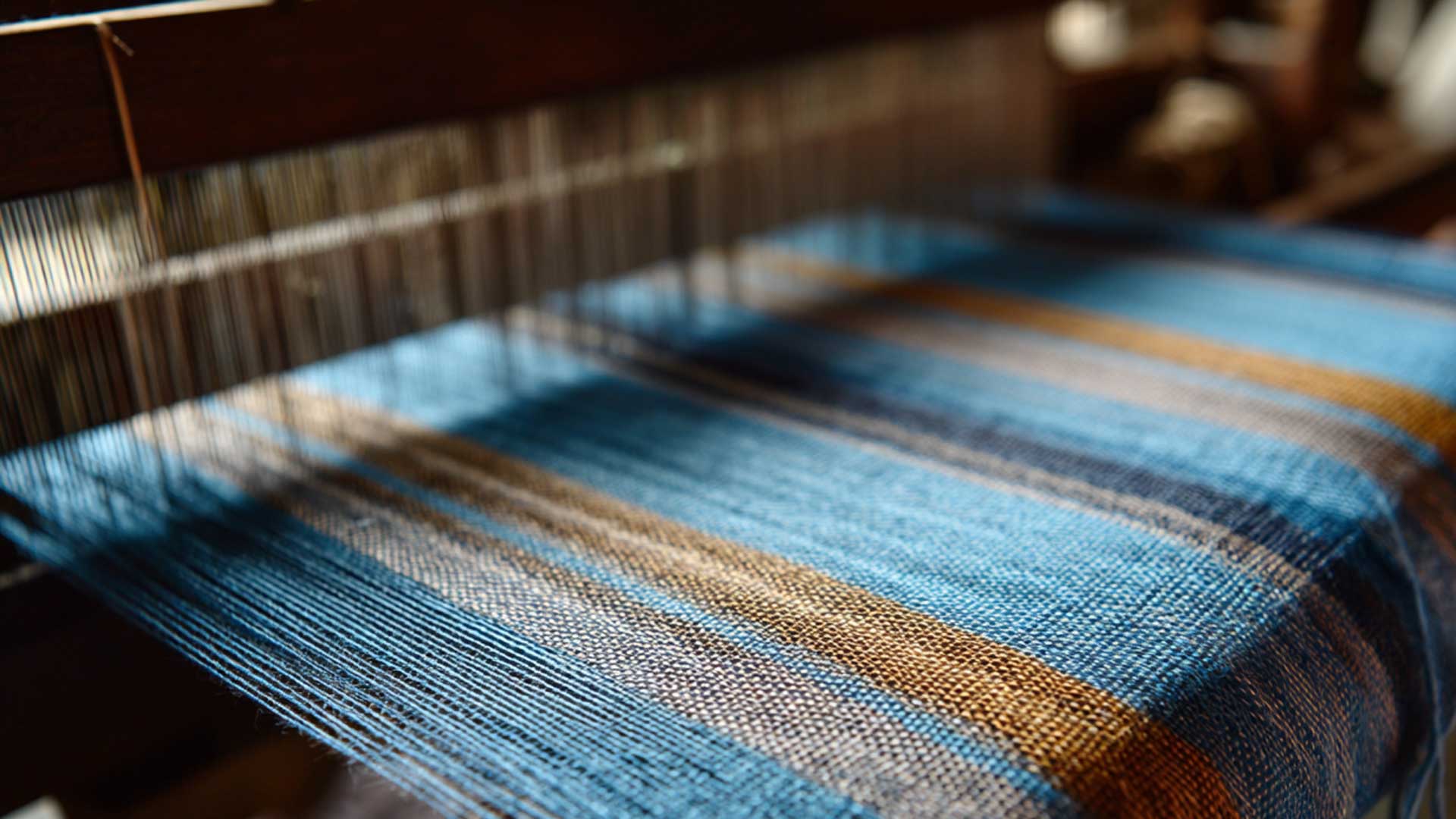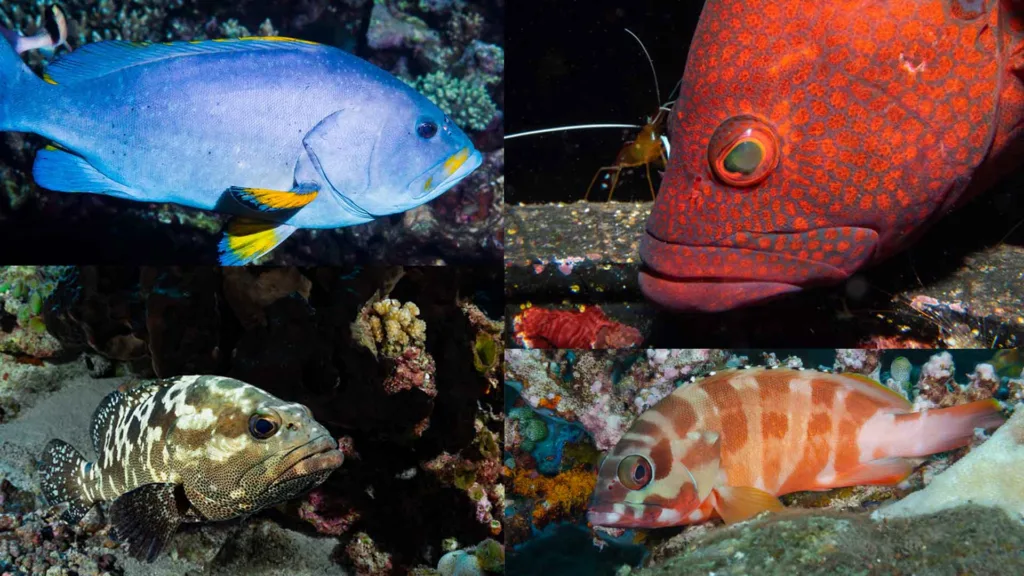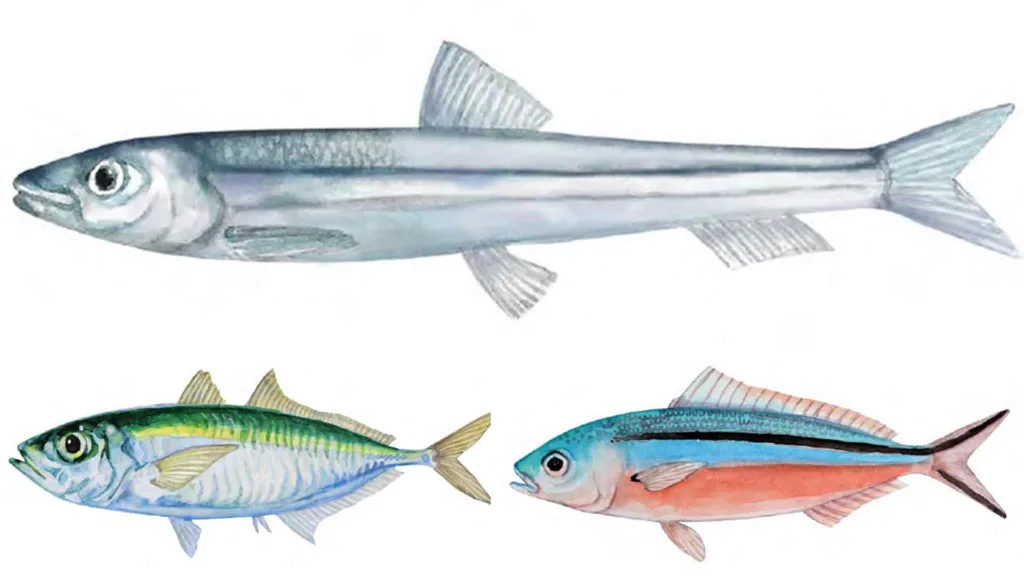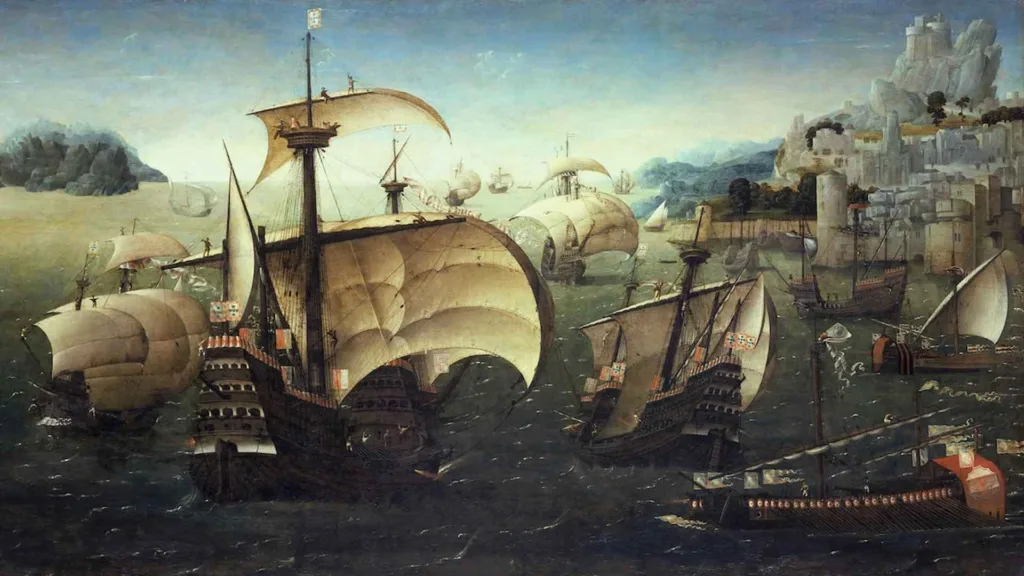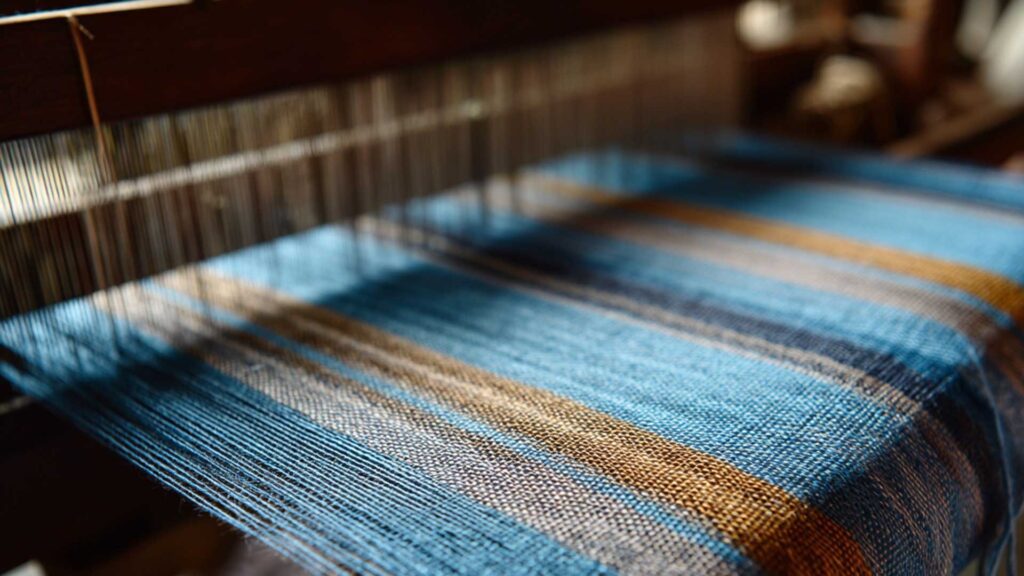
Fuvahmulah is distinguished by its marshy areas, taro crops, and wetlands. Additionally, hau, a plant used to weave mats, is widely distributed. As a result, the island’s artistry was heavily reliant on the weaving of mats. Locally this craft is known as ‘thundu kuna vitun.’
How it is manufactured
The hau, or leaf (reeds), is first gathered and left to dry in the sun. It is then dyed in a variety of natural colours using natural dyes. The most common ones are yellow, brown, and black.
When the reeds are ready to be woven, they are given to skilled weavers who specialize in producing mats with incredibly complex patterns and designs. Kennels are produced in exquisite, elaborate, and decorative styles.
The mats are woven from Hibiscus tiliaceus bark. High-quality mats are woven with intricate knots or thinner mats with simple knots.
The skill has traditionally been passed down from one generation to another, most often from mother to daughter.
Simple equipment is used to weave mats. A simple loom and a knife are used to cut the screw-pine leaves into the various patterns.
Aside from the loom of wood with the split bamboo reed, the only tool used to make mat is a knife, which is used to break screw-pine leaves.
In addition to being used for sleeping, sitting, or praying, mats are still given as gifts to foreign dignitaries when they visit.
Royal presents
In the past, royal gifts included mats. The Sultan of the Maldives gave these mats to the Dutch and British administrators of Ceylon.
To satisfy the needs, the mats are woven in various sizes and patterns. Every type of mat, including swing seat mats, prayer mats, and sleeping mats, has a unique design. The names of these patterns serve as unique identifiers.
